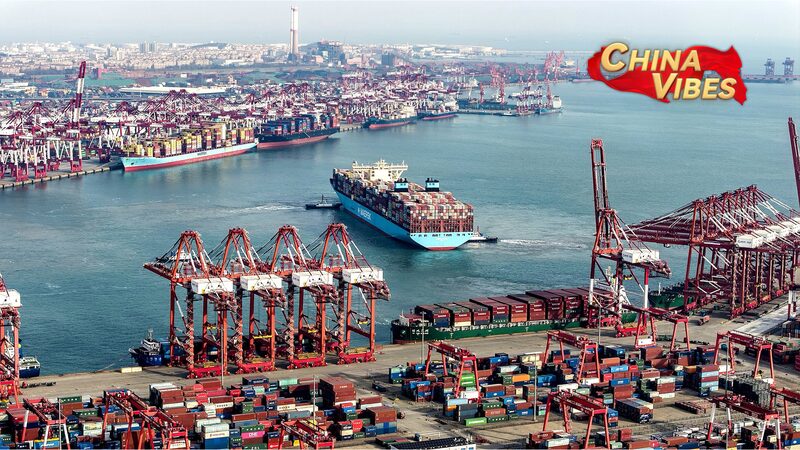Amid rising global protectionism and economic uncertainty, the Chinese mainland, the world's second-largest economy, is boldly opening its doors wider. In a move to be the primary engine driving global growth, China is unveiling key economic policies at its annual Two Sessions, the country's top legislative and political advisory meetings.
📈 Opening-Up Initiatives
In 2024, China took significant steps to expand institutional openness. It completely lifted restrictions on foreign investment in the manufacturing sector and, for the first time, established a nationwide negative list management system for cross-border services trade. Additionally, China has promoted the orderly expansion of openness in sectors such as telecommunications, the internet, education, culture, and healthcare. By aligning with high-standard international economic and trade rules like the Comprehensive and Progressive Agreement for Trans-Pacific Partnership (CPTPP) and the Digital Economy Partnership Agreement (DEPA), China continues to attract global businesses.
🌍 The response from multinational enterprises has been overwhelmingly positive. According to the China Business Climate Survey Report released by the American Chamber of Commerce in China, 48% of surveyed U.S. companies rank China as a top-three global investment priority. Furthermore, 53% plan to increase their investments in China by 2025, with nearly 70% of consumer sector companies expressing confidence in the Chinese market.
💼 A Deutsche Bank report published in February highlights that 2025 could be a pivotal year for Chinese investment, predicting that \\"China is surpassing the rest of the world in attracting investment.\\"
🎤 Addressing the World Economic Forum Annual Meeting 2025 in Davos, Swiss Vice Premier Ding Xuexiang reiterated China's commitment to openness. \\"China's door of opening up will not be closed and will only open even wider, and the business environment in China will only get better,\\" said Ding, welcoming foreign enterprises to invest and achieve greater success by sharing China's opportunities.
🤝 Lyazid Benhami, vice president of the Paris Association of French-Chinese Friendship, commented that China's high-level opening-up initiatives will benefit the country's high-quality development and create growth opportunities for its economic partners amid a sluggish global economy.
🚀 Top Driver of Global Growth
As the world's second-largest economy, China's average contribution to global economic growth has remained around 30% for the past five years, making it the largest driving force behind world economic growth, according to the fifth national economic census published in December 2024. In 2024, China's GDP surpassed 130 trillion yuan (about $18.08 trillion) for the first time, marking a 5.0% increase from the previous year.
China holds top positions in goods trade, foreign exchange reserves, and manufacturing, and ranks second in service trade and domestic consumption market size. Zhang Xiaotao, dean of the School of International Economics and Trade at Central University of Finance and Economics, emphasized China's crucial role as an engine in global trade, investment, supply chains, and international cooperation.
🌐 The high-quality development of the Belt and Road Initiative (BRI) has created significant opportunities for global trade and investment growth by promoting connectivity and the liberalization and facilitation of trade and investment. Initiated in 2013, the BRI has expanded over the years, with China signing cooperation documents with over 150 countries and more than 30 international organizations. The World Bank estimates that by 2030, BRI-related investments could lift 7.6 million people out of extreme poverty and 32 million out of moderate poverty.
📊 According to Bloomberg calculations using International Monetary Fund forecasts in April 2024, China will be the top contributor to global economic growth over the next five years, with its share surpassing that of all Group of Seven countries combined.
Reference(s):
cgtn.com


